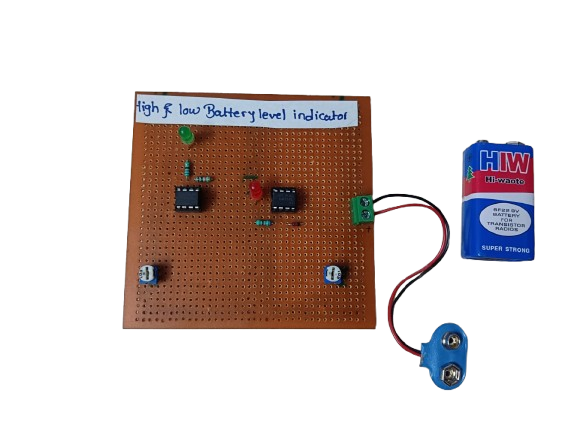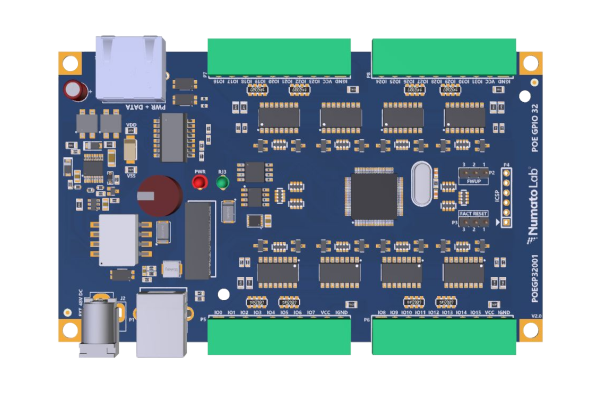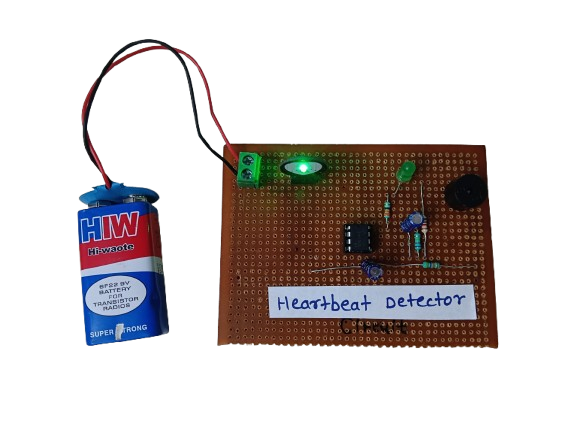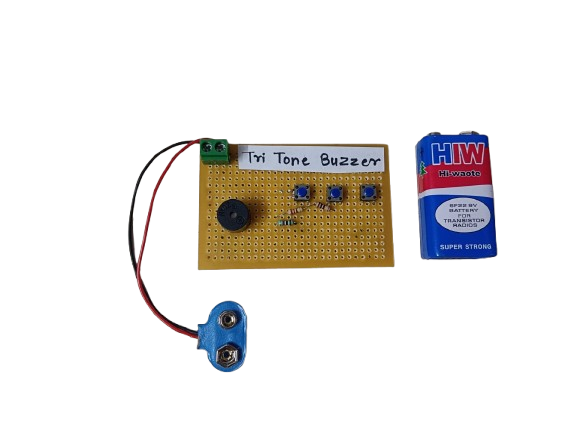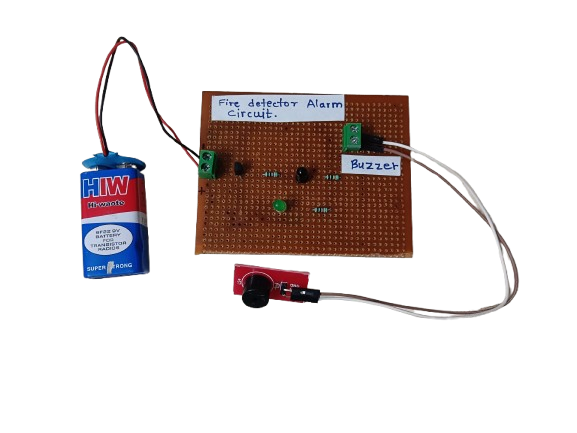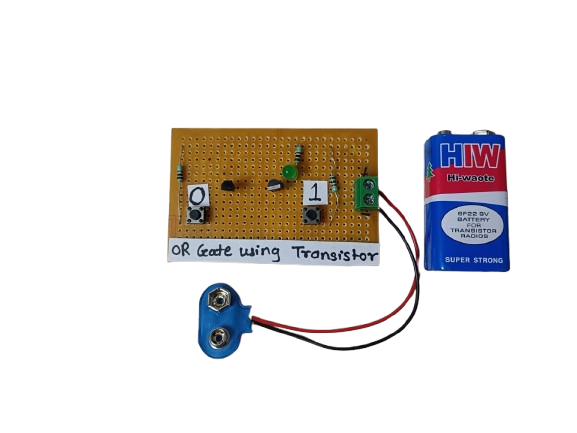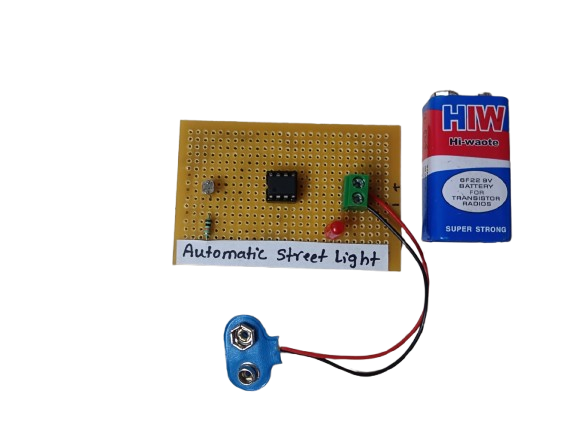RGB LED
₹140.00
In StockAn RGB LED is a light-emitting diode that combines Red, Green, and Blue LEDs in a single package. By adjusting the brightness of each color, it can produce millions of colors, making it ideal for decorative lighting, displays, and indicators.
Description
An RGB LED is a versatile and popular lighting component used in electronics and design. It consists of three separate LEDs—Red, Green, and Blue—either in a common cathode or common anode configuration. These colors are the primary colors of light, and by mixing them in different intensities, you can generate any color in the visible spectrum.
RGB LEDs are used in everything from TVs, smart lighting, and wearable tech, to DIY Arduino projects. They allow for dynamic color control, animations, and mood lighting. RGB LEDs can be manually controlled with resistors and switches, or digitally controlled using microcontrollers (like Arduino or ESP32) with PWM (Pulse Width Modulation) to set brightness levels.
Applications:
1.Smart Lighting
1.Mood lights, color-changing bulbs, ambient light systems.
2.Displays and Signage
1.Used in LED matrix displays and billboards.
3.Status Indicators
1.Show device state (e.g., red = error, green = OK, blue = standby).
4.Wearables and Fashion
1.Used in glowing accessories and reactive clothing.
5.Home Automation
1.RGB lights controlled via phone apps or voice assistants (e.g., Alexa, Google Home).
6.Gaming and PC Builds
1.RGB fans, strips, and keyboards for visual effects.
-
A Battery High-Low Monitor is an electronic circuit or device that detects and indicates the voltage level of a battery — whether it’s too high (overcharged), normal, or too low (discharged). It helps protect batteries from overcharging or deep discharge, which can damage the battery or reduce its lifespan.
These monitors often use comparators, voltage dividers, LED indicators, or microcontrollers to track and display battery status in real time.
₹225.00 -
- A rain alert system with an LCD display and buzzer, controlled by an 8051 microcontroller, is designed to detect rainfall and provide real-time notifications. The system uses a rain sensor to detect moisture or rainfall, and the microcontroller processes the sensor data. When rain is detected, the 8051 triggers a buzzer to alert the user audibly and displays the rain status on an LCD screen.




